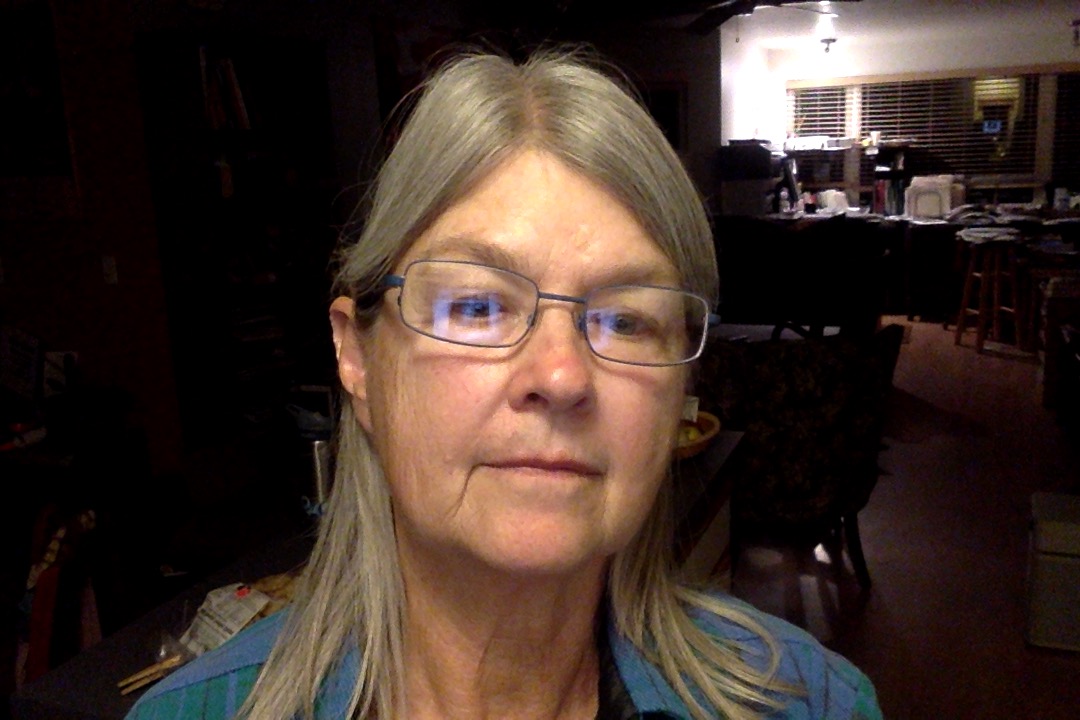In late September I swayed in my rocking chair next to 13 other elders, singing “Paradise” by John Prine and holding banners across our laps that read “Keep it in the Ground,” “No Tar Sands Mining in Utah,” and “Invest in Our Future, Not Climate Chaos.” We demonstrated at the PR Spring tar sands mine in the Book Cliffs of eastern Utah to bear witness, call for restoration of the land, and stand up for intergenerational justice.
U.S. Oil Sands, the Canadian-based company that owns the mine, went into receivership on Sept. 14 after failing to pay the bills and move beyond the preproduction stage. Since 2005 U.S. Oil Sands has tried to become the first commercial-scale tar sands mine in the country but has been unsuccessful in producing viable oil.
The PR Spring tar sands mine has not only failed economically, but has also desecrated critical wildlife habitat, endangered the Colorado River watershed, and contributed to climate chaos. Their board walked away, taking their millions in salaries; the workers are left without work.
The mine is on land leased from Utah’s School and Institutional Trust Lands Administration, commonly known as SITLA. U.S. Oil Sands has created a scar on the land visible for miles around, standing out in stark contrast to the surrounding aspen forests and sandstone cliffs. From our rocking chairs, we sought to send a message to SITLA that with the failing of U.S. Oil Sands, they must now work to restore the land and stop leasing land to unviable dirty energy projects.
A previous environmental impact statement for the PR Spring area says the area is of low scenic value. However, visit the area and one will find sweeping views of the Upper Colorado River Basin occupied by abundant wildlife. The low scenic value only comes from the destruction SITLA and the BLM is permitting. When we drove south from Vernal across the Uinta Basin, the sun rose and revealing pronghorn, turkeys, vultures, and horses among the sage, juniper, and pinon pine. The further we drove on Seep Ridge Road, the more pump jacks and fracking rigs took over the landscape. Pipelines strung across the surface of the land. We knew we reached PR Spring when the paved road ended and black piles of stripped earth rose in front of our eyes.
SITLA’s stated mission is “administering trust lands prudently and profitably for Utah’s schoolchildren and other trust beneficiaries.” It appears that SITLA takes this to mean squeezing every last drop of oil from the land. However, this strategy not only threatens the future of Utah’s children by contributing to climate change, but also completely fails to financially support Utah’s schools. In 2015 the interest on fees and royalties SITLA collected provided $46 million to Utah’s public school system, less than 2 percent of budgeted school expenditures.
As the impacts of a rapidly changing climate are becoming increasingly clear, from wildfires in the West to hurricanes in the South, SITLA should prioritize land under their management for the growing renewable energy industry and environmental protection rather than dirty, unproven fossil fuel projects.
SITLA’s current path reduces the possibility of a livable future for the children of Utah. If U.S. Oil Sands closes shop, SITLA has an opportunity to manage these lands in ways that will enhance the future of the Utah’s children; I hope they do so.
Kathryn Albury, Salt Lake City, has been a farmer, science teacher, real estate agent and is now a retired grandmother struggling for climate justice in this world changing so rapidly all around us.
